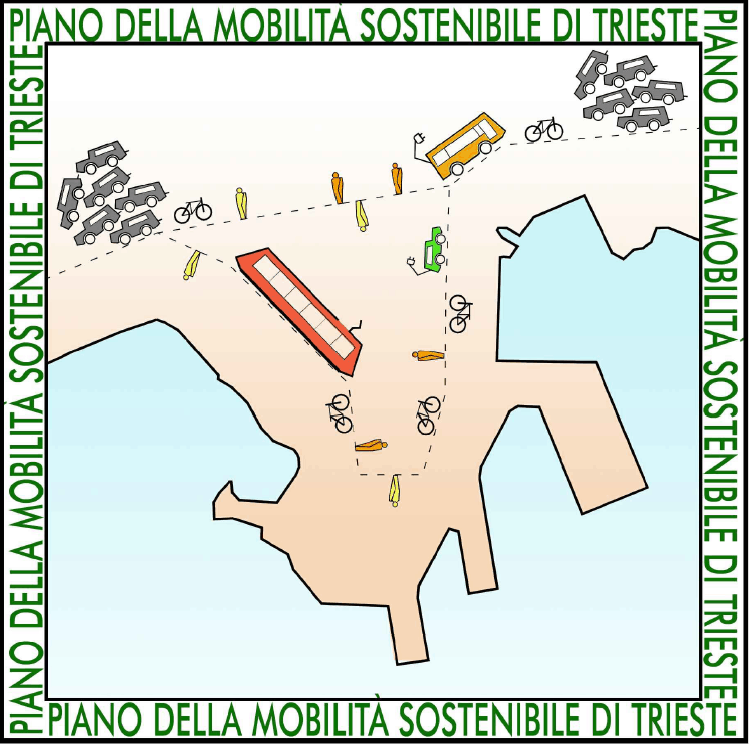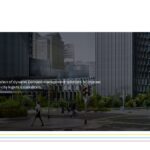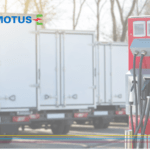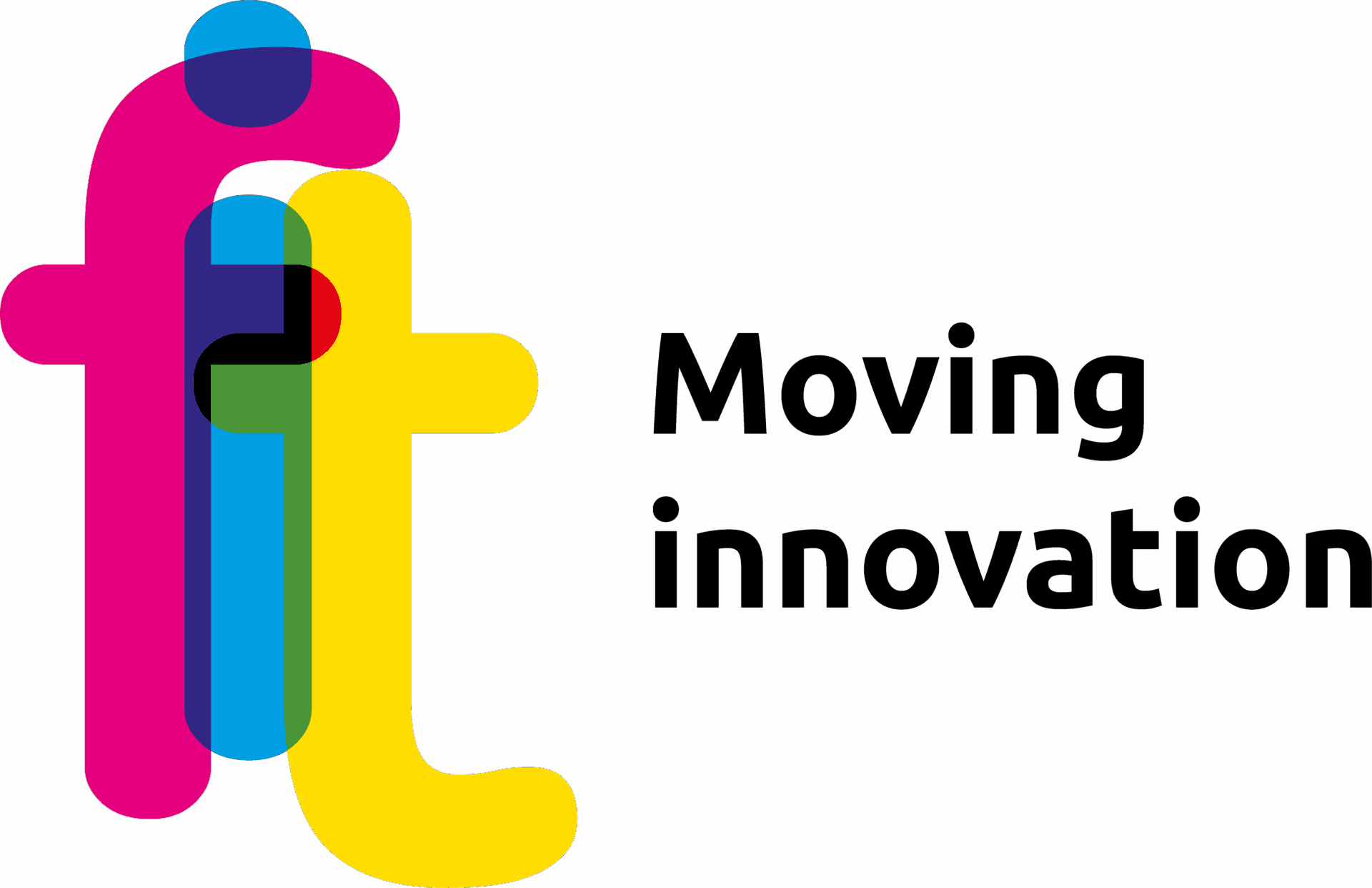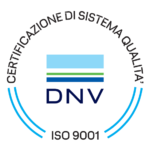Today, 74% of the European population lives in urban centres: Europeans make 15 to 20 trips per week and urban mobility is responsible for 40% of CO2 emissions from road transport and up to 70% of other pollutants emitted by the transport sector.
With the Transport White Paper, the European Commission set out priority lines aimed at reducing greenhouse gas emissions from transport by 60 per cent compared to 1990 levels. To achieve the European objectives, cities are encouraged to equip themselves with planning tools that rationalise travel in urban areas from an integrated and sustainable perspective while maintaining a focus on meeting the ever-changing mobility needs of citizens and goods.
What is a PUMS
In a decree dated 4 August 2017, the Ministry of Infrastructure and Transport stipulated that all metropolitan cities, large area authorities and individual and aggregated municipalities with more than 100,000 inhabitants must have a Sustainable Urban Mobility Plan (SUMP).
The PUMS is a strategic planning tool with a medium- to long-term horizon (10 years) with a system vision of urban mobility. The overall objective is to significantly improve the accessibility of urban areas through the adoption of sustainable mobility and transport systems, while also improving the usability of public space.
The basic elements of a PUMS are:
- Integration: incorporates existing regulatory instruments, such as the Urban Traffic Plan (PUT), integrating and extending them.
- Participation: always involves stakeholders and all interested parties.
- Evaluation: provides for regular monitoring and evaluation of the effectiveness of the actions.
The Trieste PUMS
The Municipality of Trieste has joined the European project CIVITAS PORTIS (within the framework of the HORIZON 2020 programme), which intends to define, test and evaluate an integrated set of innovative sustainable mobility measures aimed at solving the problems of port cities in Europe. Among the technical activities included in this project is the need for a Sustainable Urban Mobility Plan.
The main objectives of the Trieste PUMS are:
- meeting mobility needs by improving accessibility to private and collective transport systems
- the reduction of air pollution (CO2, NOx, benzene, fine dust, etc.) as well as traffic noise, to improve the quality and liveability of the urban environment
- reduction of energy consumption
- increased road safety
- minimising the impact of individual private car use and traffic calming
- improving the quality of services supporting mobility by optimising travel times through integration between all modes of transport, both individual and collective, and reducing congestion
- increasing the percentage of citizens transported by collective systems, including with flexible LPT services (on-demand services for areas/itineraries with low demand) and car-pooling solutions, carsharing, collective taxis, etc.)
- encouraging the use of alternative means of transport with the lowest possible environmental impact
- the rationalisation of the freight transport system
Sintagma S.r.l., a qualified Italian design and consulting company in the field of infrastructure, was awarded the drafting of the Plan and turned to FIT Consulting for the study of the rationalisation and urban distribution of goods.
Urban logistics and intermodality in Trieste and the contribution of FIT Consulting
One of the objectives of the PUMS of Trieste is the rationalisation of the urban goods distribution system in order to improve its efficiency and to reduce its impact from an environmental point of view with regard to both the distribution of goods within the city and the connections between the city and the port. The port of Trieste is in fact the most important railway port in Southern Europe (over 200 trains a week connect Trieste with the production and industrial areas of North-Eastern Italy and Central Europe), the first cargo port in Italy, a crossroads of the strategic TEN-T axes of the ‘Motorways of the Sea of the Eastern Mediterranean’ and the European Adriatic-Baltic and Mediterranean corridors, and the main gateway to Central-Eastern Europe for goods from the East, particularly from China.
Within this context, the important task of FIT Consulting, drawing on its twenty years of experience in the field of city logistics, is to put in place the tools and actions required to achieve a harmonious “coexistence” of the two souls of Trieste, the port and the urban, aimed at
- facilitating the accessibility and movement of goods to or from the port favoured by (or within) a context in which, with the signing of a Memorandum of Understanding with China, the port of Trieste, together with that of Genoa, have been identified as strategic nodes of the Silk Road. To achieve this goal, the Port Authority has invested around one billion euros in the extension of the cargo piers and new Ro-Ro terminals.
- ensure efficient urban distribution of goods that enhances and increases the vitality of the economic and social fabric of the urban centre and takes into account the emergence of the just-in-time market logic and the spread of e-commerce, which increasingly require direct deliveries to the end consumer.

